All about growing indoor eucalyptus
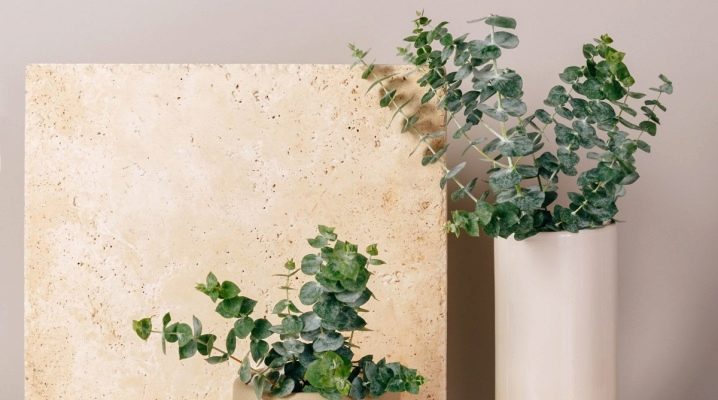
Eucalyptus is still an exotic plant for our windowsills. But adherents of a healthy lifestyle understand that this plant contains a huge amount of phytoncides, which are responsible for the destruction of pathogens. In a place where eucalyptus grows, it is easier to breathe, and a decoction from its leaves helps with a runny nose, sore throat, and coughing.
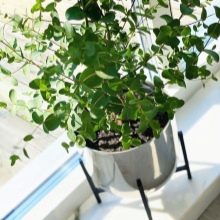
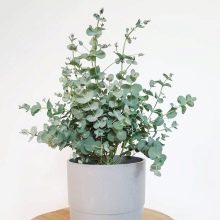
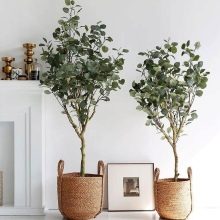
Description
Scientists first saw the plant on the island of Tasmania and in Australia. At the present stage, they have learned to cultivate it in America, Africa, and Asian countries.
A plant from the myrtle family in its native conditions can grow up to 70 meters high. The bark of the trunk is light gray, the leaves are small oval. Moreover, young leaves are much thinner and shorter, but over time everything changes.
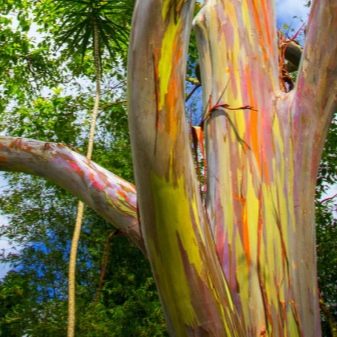
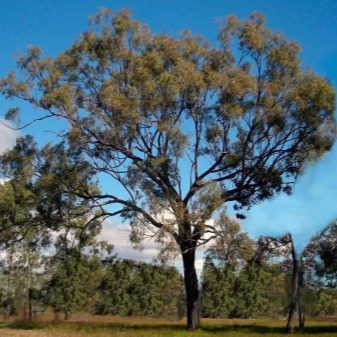
A mature tree produces buds, from which then red or white flowers bloom. When pollinated, they produce hard, cone-shaped fruits. Exotic flowering is unusual. In the axils of the leaves, small flowers with short petioles and corymbose inflorescences are formed. The fused petals form a bowl with long stamens inside. The flowers are covered with many villi and have different colors - white, yellow, fawn, pale pink.
Indoor eucalyptus was developed in the Australian continent. This is a compact bush that grows rather slowly under unnatural conditions, has a pyramid-shaped crown.
Blue-green leaves constantly release phytoncides containing essential oils that spread the smell in the room.
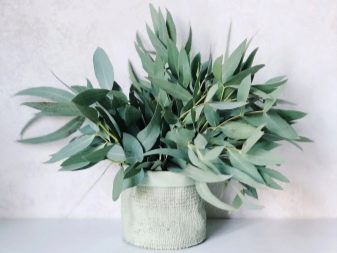
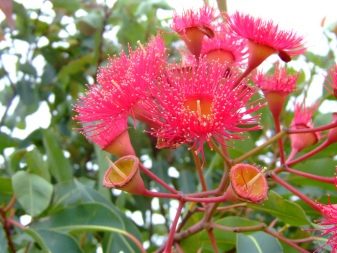
Views
There are quite a few varieties of this exotic plant - more than 700. But there are a little more than fifty house plants. Among them, several are popular.
- Lemon has a pleasant citrus aroma, and there are small blotches on its light green leaves.
- The Spherical variety has the shape of a cone, and the foliage is distinguished by a peculiar silvery bloom.
- Populus is rich in a huge amount of berries.
- In the Hunni variety, small oval-shaped leaves bloom at first, which over time begin to take on an oblong shape and change color.
- The ash variety has leaves with a smoky bloom. It is sometimes called the Silver Dollar.
- Blue Baby is a miniature plant with blue foliage.
- The fig-leaved variety has small oval leaves.
- Azura has a pleasant aroma.
- Parvifolia is a sprawling bush with a strong crown. Lanceolate leaves are bright green in color.
- The rod-shaped variety is slender with a huge airy crown. The trunk is smooth, light brown. Greenish inflorescences with fluffy flowers are hidden inside the leaves.
- Perhaps the most original variety is the rainbow eucalyptus, whose crown is adorned with fluffy inflorescences. But at home it is not grown because of its large size.
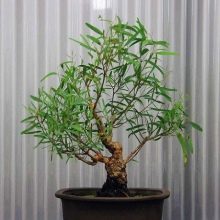
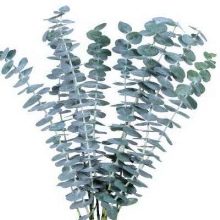
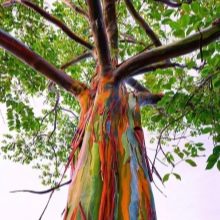
The eucalyptus tree is popular with indoor flower lovers for several reasons.
- Essential oils contained in the green mass are used as anti-inflammatory, antiseptic, bactericidal properties.
- The phytoncides contained in it help purify indoor air.
- Inhalation of the upper respiratory tract can be performed frequently to relieve the disease.
- As a preventive measure, it is enough just to rub the leaves between your fingers and inhale a wonderful aroma.
- Insects don't like this smell, so flies and mosquitoes can be easily removed.
Attention! The plant is considered poisonous, so we recommend that you know when to stop, and it is better to keep animals and children out of the vegetation.

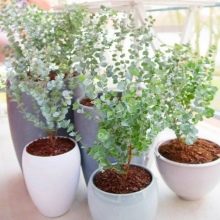
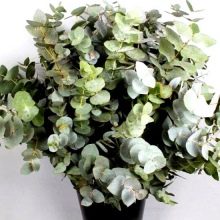
Growing conditions
The popularity of the domestication of the plant is increasing: this is due to its medicinal properties. But before purchasing such a plant, it is necessary to study the nuances of agricultural technology and the features of care.
Eucalyptus is very light-requiring, capricious to the length of daylight hours. The southwest, southeast or south side is more suitable for him. On the north side, it will grow poorly, you will have to purchase a phytolamp for it. This is especially true in winter and autumn. But in the summer it will be pleasant for exotic plants to be in the garden or on the balcony (provided that the summer is warm).
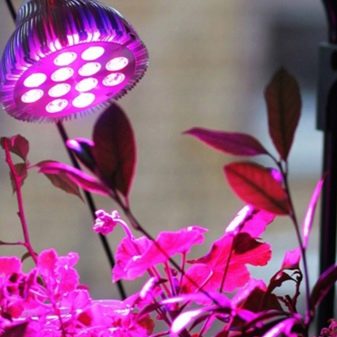

In hot weather, it will need additional moisture. Spraying is considered the best option. And the drainage in the tank should always be wet - sand, peat, pebbles, expanded clay.
Eucalyptus will need a tall, tapered ceramic container. The primer must be purchased from a specialized store. It consists of natural ingredients. But if you wish, you can prepare the nutrient soil yourself. To do this, you need to take two parts of sod land, one part each of humus, peat and sand. Mix everything, you get a loose substrate with neutral acidity.
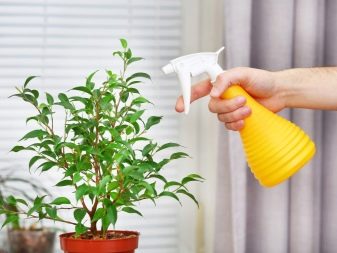

Planting and breeding
Eucalyptus at home must be transplanted annually. As a rule, this is done in the spring or at the end of February.
It is necessary to water the plant in advance to facilitate the transshipment process. After that, you need to pick up a larger container, where to pour the drainage layer 5 centimeters from the bottom. After the transshipment method, it is necessary to plant a plant with a rhizome and a large clod of earth in a large container. It is worth inspecting all the roots beforehand. If there are dried or damaged parts, it is recommended to cut them off, and powder the places of the cuts with fine charcoal. It is better to fill the existing voids with a nutritious substrate. After transplanting, it is recommended to water the potted plant abundantly.
A plant that is more than 3 years old is transplanted no more often than after 3-4 years.
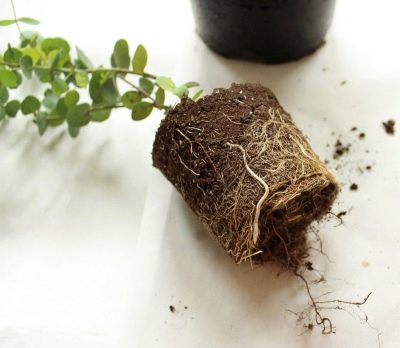
The flower culture reproduces mainly by cuttings and from seeds. In order to propagate by cuttings, it is necessary to cut off young shoots up to 10 centimeters long from an adult bush. Water the stalk with a rooting stimulator, cut off the side leaves, plant in the ground, cover with plastic wrap.
This method is not easy: even if you keep the greens under a film and warm, then not all cuttings will be able to take root.
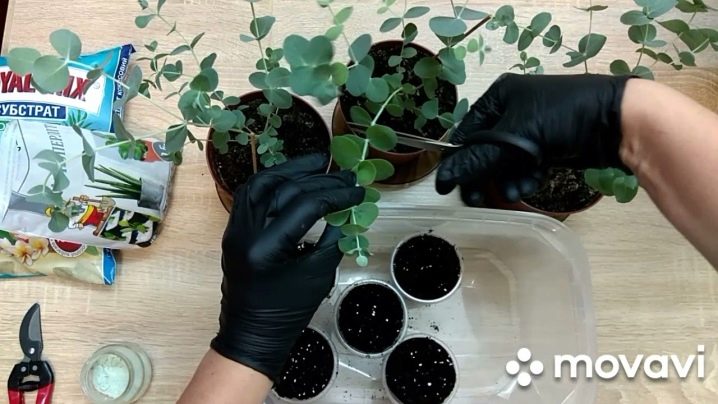
It is best to propagate with exotic seeds. First, you need to prepare a small pot with a drainage layer, fill up the soil, carefully spread the seed material, slightly pressing it into the ground. Pour everything, cover with glass or polyethylene. The first greens may appear after a week. When the plants have up to 4 strong leaves, they can be planted in separate containers. After the bush has gained a height of up to 20 centimeters, it is transplanted into a stationary pot.
If you do not want to care for a young plant, then it is convenient to purchase it in the store. But when buying, carefully examine the greens, do not take the exotic, the leaves of which are actively crumbling: he either has problems with immunity, or uninvited guests have started. In any case, the lower leaves will no longer grow.
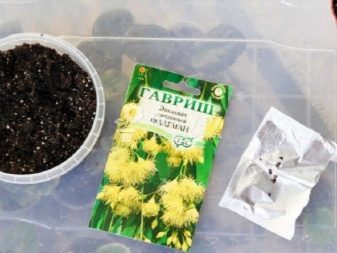
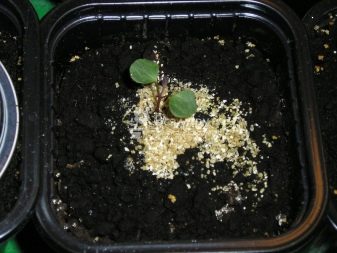
Care
Taking care of a flower plant is not very difficult. But there are still some features. Sometimes eucalyptus can withstand light frost. The optimal temperature at which you can grow an enviable eucalyptus is considered to be from 20 to 25 degrees in summer, and from 12 to 16 degrees in winter. The plant needs fresh air, but drafts are contraindicated.
The moistening of the flower depends on the temperature in the room, the season. In summer, the soil should be slightly damp, and in winter it should be dried, but not dry. It is better to water with warm water, which has settled slightly.The water should not contain a lot of lime. Melt water or rainwater is ideal.
In winter, an exotic crop does not need fertilization. And in the warm season, it is recommended to add nutrients twice a week. For an exotic culture, a complex fertilizer for deciduous ornamental plants "Bonsai" or "Eucalyptus" is suitable. It contains less phosphorus and nitrogen.
As a rule, food is brought in for active growth and proper development. Blooming at home is a rare occurrence.
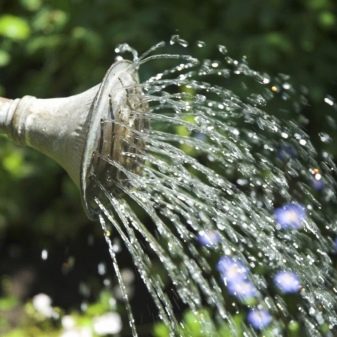
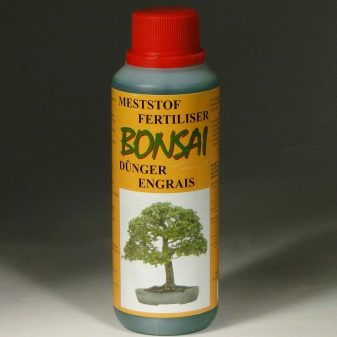
Transfer
As soon as the roots began to appear from the container pallet or on the surface of the soil, it means that it is time to transplant the plant. The transplant is carried out by the method of transshipment of an exotic culture along with a lump of earth. As a rule, eucalyptus is grown in miniature containers, and when transplanting, the capacity is increased by only a couple of centimeters in diameter and 4 centimeters in height. In general, the pot should be a little more than an earthen coma by 1-2 centimeters. For fast growth, it is recommended to thin out the roots, and not to increase the diameter of the pot.
The main recommendations for transplantation are accuracy and caution. After the procedure, we advise you to slightly moisten the soil, but no more. The next scheduled watering after 3-4 days.
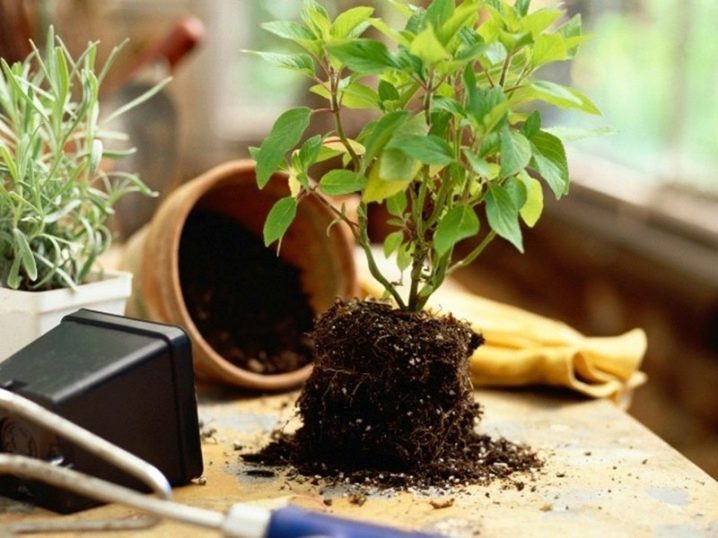
Pruning
Eucalyptus can be grown with a lush crown. To do this, every spring he needs pruning. It is recommended to shorten the main trunk to the desired height: some time after pruning, the bush takes on a lush shape. Pinch young shoots: this way the bush will develop evenly.

Diseases and pests
The plant culture contains essential oils. Thanks to this property, pests do not attack eucalyptus. But improper care can play a cruel joke.
Sometimes a spider mite or scale insect appears. If there is a suspicion of uninvited guests, you need to start processing. First, wipe the green mass with a damp cloth, and then spray with insecticides.
The following mixture is recommended as a homemade disinfectant. You need to peel a few cloves of garlic and grind them into a gruel. Place the container with the garlic mixture next to the pot in which the exotic grows. The plant, together with the mixture, must be placed under a polyethylene dome for a day.
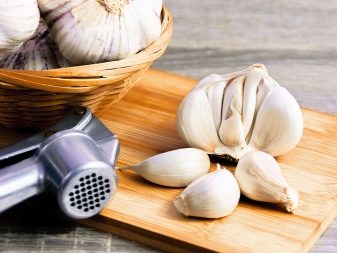
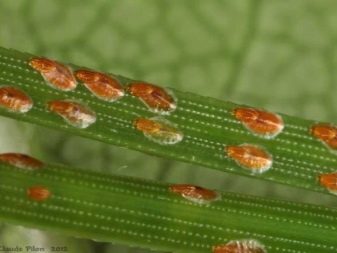
Sometimes a mealybug or felt insect settles in the leaves. Then the green mass seems to be covered with many shaggy threads. Irrigation with tobacco infusion or alcohol solution will help here.
When aphids appear, the whole plant becomes covered with a specific sticky bloom, as if a lot of syrup was poured onto the green mass. Among folk remedies, it is worth trying a decoction of nettle or dusting with wood ash, and from industrial ones, you can use "Decis" or "Fitoverm". Fufanon, Actellik, preparations based on pyrethrum, sulfur powders, green soap solution have proven themselves quite well.

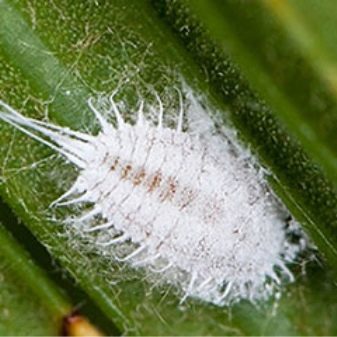
Among the problems that arise with a flower, we note the following.
- If it grows slowly, then eucalyptus does not like drafts, stagnation of air masses.
- Leaves curl into a tube - little light and water.
- The leaves are covered with spots - an excess of sunlight.
- The leaves are very small - there is not enough sunlight.
Indoor eucalyptus plants are easy to grow. They perfectly decorate the interior, are a source of healing and immunity enhancement. Observing all the rules for care, you can grow exotic with a lush crown at home.
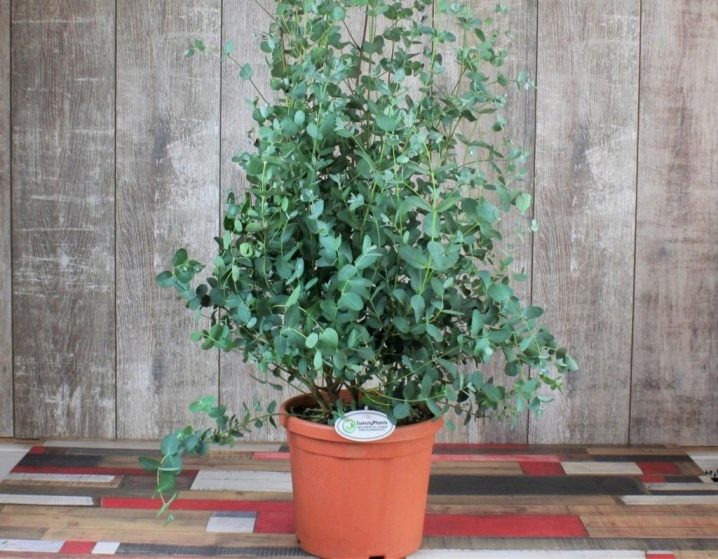































The comment was sent successfully.